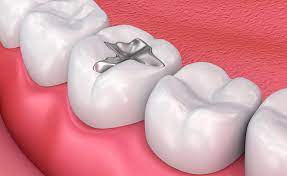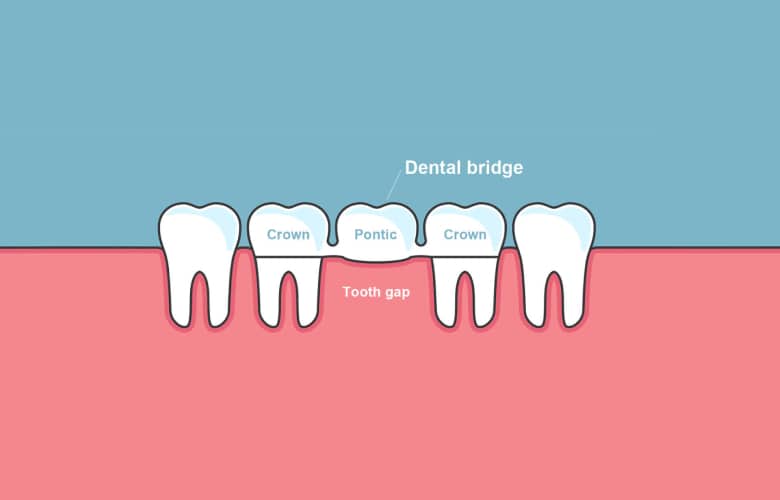4801 Southern Hills Dr, Sioux City, IA 51106, USA

Dental fillings are a common restorative treatment for repairing teeth damaged by cavities or minor fractures. Composite dental fillings, also known as tooth-colored fillings, are popular for their natural appearance and versatility. However, patients often wonder about the lifespan of these fillings and how durable they truly are. In this informative blog, we will take a closer look at the durability of composite dental fillings and the factors that can influence their longevity.
The Lifespan Of Composite Dental Fillings
The lifespan of composite dental fillings can vary based on several factors. On average, composite fillings can last anywhere from 5 to 10 years or more with proper care. Some patients may experience their fillings lasting longer, while others require replacements sooner. Regular dental check-ups can help monitor the condition of fillings and detect any signs of wear or deterioration early on.
Factors Affecting The Durability
Oral Hygiene
Maintaining good oral hygiene is crucial for the longevity of dental fillings. Brushing twice a day, flossing regularly, and using mouthwash can prevent plaque and bacteria buildup around the filling, reducing the risk of decay and damage.
Chewing Habits
Individuals who clench or grind their teeth, a condition known as bruxism, put extra pressure on dental fillings. Over time, this can lead to wear and tear, shortening the lifespan of the filling. Dentists may recommend a nightguard to protect the fillings during sleep in such cases.
Location Of The Filling
The location of the dental filling plays a role in its durability. Fillings on molars, which endure significant chewing force, may wear out faster than those on front teeth.
Size Of The Filling
The size of the dental filling can also impact its durability. Larger fillings may be more prone to wear and have a shorter lifespan than smaller fillings.
Quality Of Placement
Proper placement of the composite filling is essential for its longevity. Experienced dentists who follow best practices for filling placement can ensure a more durable restoration.
Signs Of Worn-out Fillings
Knowing the signs that your dental filling might need replacement is crucial. Some common indicators of worn-out fillings include:
Sensitivity or pain around the filled tooth
Rough or chipped edges on the filling
Discoloration of the filling
Leakage or recurrent cavities around the filling
Changes in the way your bite feels
Sensitivity to hot or cold temperatures
If you experience these signs, consult your dentist promptly for an evaluation.
Maintaining Composite Fillings
To extend the lifespan of your composite dental fillings, follow these maintenance tips:
Practice good oral hygiene, including regular brushing, flossing, and dental check-ups.
Limit consumption of sugary and acidic foods that can contribute to tooth decay.
Wear a mouthguard if you have a habit of clenching or grinding your teeth.
Avoid using your teeth to open packages or bite on hard objects.
The Bottom Line
Composite dental fillings are a durable and effective solution for repairing cavities and restoring the function and appearance of teeth. While the lifespan of these fillings can vary, proper care, good oral hygiene, and regular dental visits can contribute to their longevity. If you suspect any issues with your fillings, don’t hesitate to contact your dentist for a thorough evaluation and appropriate treatment. Remember that maintaining oral health is crucial for the overall success of any dental restoration, including composite fillings.




